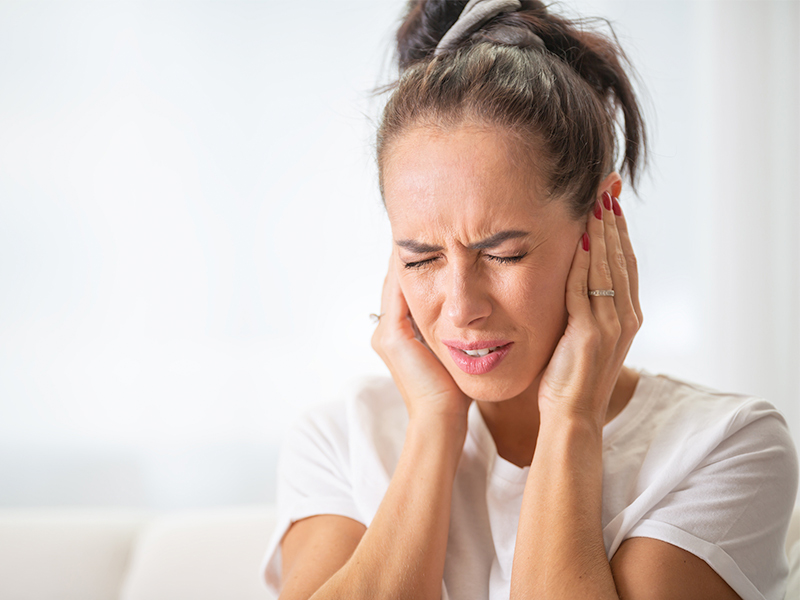In a spin? What you should know about vertigo
Vertigo may feel alarming, but it’s very common. Here is what causes that spinning sensation and how to treat it.
If you feel like you’re spinning around – and not in a good, Kylie Minogue kind of way – you could be suffering from vertigo.
It’s far more common than you might think.
Nearly 40 per cent of adults will experience vertigo at least once in their lifetime, with women slightly more likely to get it than men.
And while most cases are nothing to worry about, experts say you should always seek medical advice.
What is vertigo?
The Vertigo Co principal vestibular physiotherapist Laura Power says vertigo is typically defined as an illusion of movement and commonly described as a spinning sensation.
“However, it may be perceived as a variety of other sensations such as rocking, bobbing, swaying, tilting, floating or tumbling,” Laura says.
It can also cause ringing in the ears, hearing loss or fluctuations, vomiting or nausea, headaches and sweating.
Dizziness and Balance Disorders Centre director Professor Margie Sharpe says many people incorrectly think vertigo is a disease.
“Vertigo is a symptom, like a headache, tinnitus, loss of hearing or abdominal pain,” she says.
- Strange symptoms: Weird things that happen when you’re not hydrated
What causes vertigo?
Laura says the most common causes relate to the vestibular symptom, which is the tiny balance mechanism deep within the inner ear.
“The two most common causes of vertigo are benign paroxysmal positional vertigo (BPPV), where tiny crystals of calcium become dislodged in your inner ear and cause attacks,” she says.
“The second is a type of migraine called vestibular migraine, which causes varying types of vertigo and dizziness episodes with or without associated headache.”
Prof Sharpe says many diseases can cause vertigo.
“Hence, it’s so important to seek medical help, irrespective of whether you are vertiginous or not at the time of the consultation,” she says.
- Sick days: Why taking time to reset is good for you
Women over 40 can be particularly susceptible
Fluctuations in estrogen and progesterone associated with perimenopause and menopause can result in dizziness because of their impact on various bodily systems, Laura says.
“In particular, estrogen loss can affect calcium crystals in the inner ear, making perimenopausal and menopausal women more susceptible to BPPV,” Laura says.
Research has also shown estrogen fluctuations can play a key role in migraines.
- Travel sickness: How to make sure it doesn’t ruin your trip
How to treat vertigo
There is a range of treatments for vertigo, but one of the most effective is vestibular physiotherapy, Laura says.
This involves manoeuvres and balance exercises to desensitise the brain to the dizziness.
“Sufferers may need to see a neurologist who specialises in vertigo and dizziness if their symptoms do not respond to rehabilitation or if they require medication for their symptoms,” Laura says.
Medication can include motion sickness medicine for nausea, antibiotics to treat bacterial infection, and diuretics to reduce swelling associated with Meniere’s disease, which is a build-up of fluid pressure in the inner ear.
Surgery is required in very few cases.
“In some instances, dietary changes and supplements may also be recommended,” Laura says.
- Health issues: What to watch for in winter
Written by Dimity Barber.





